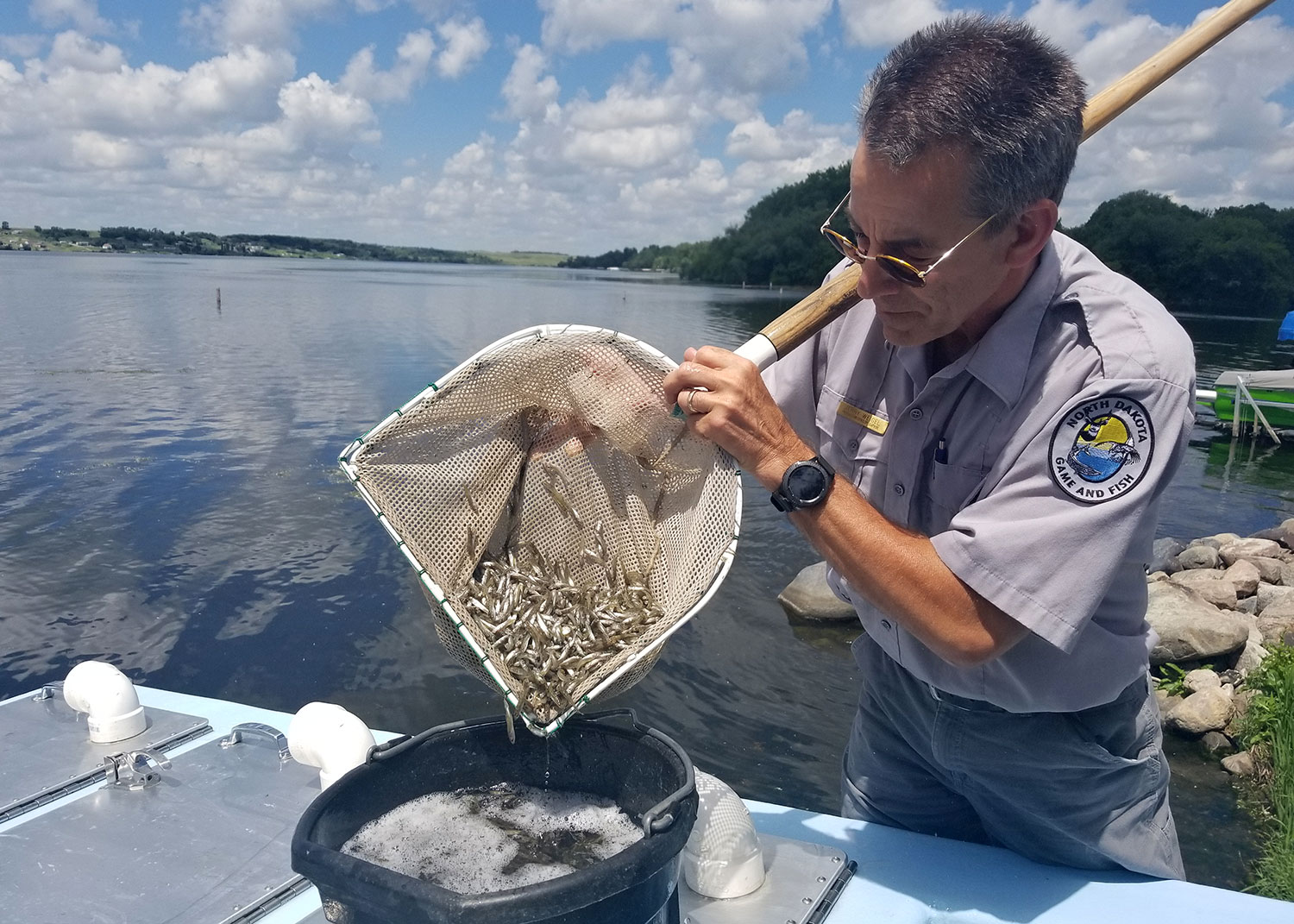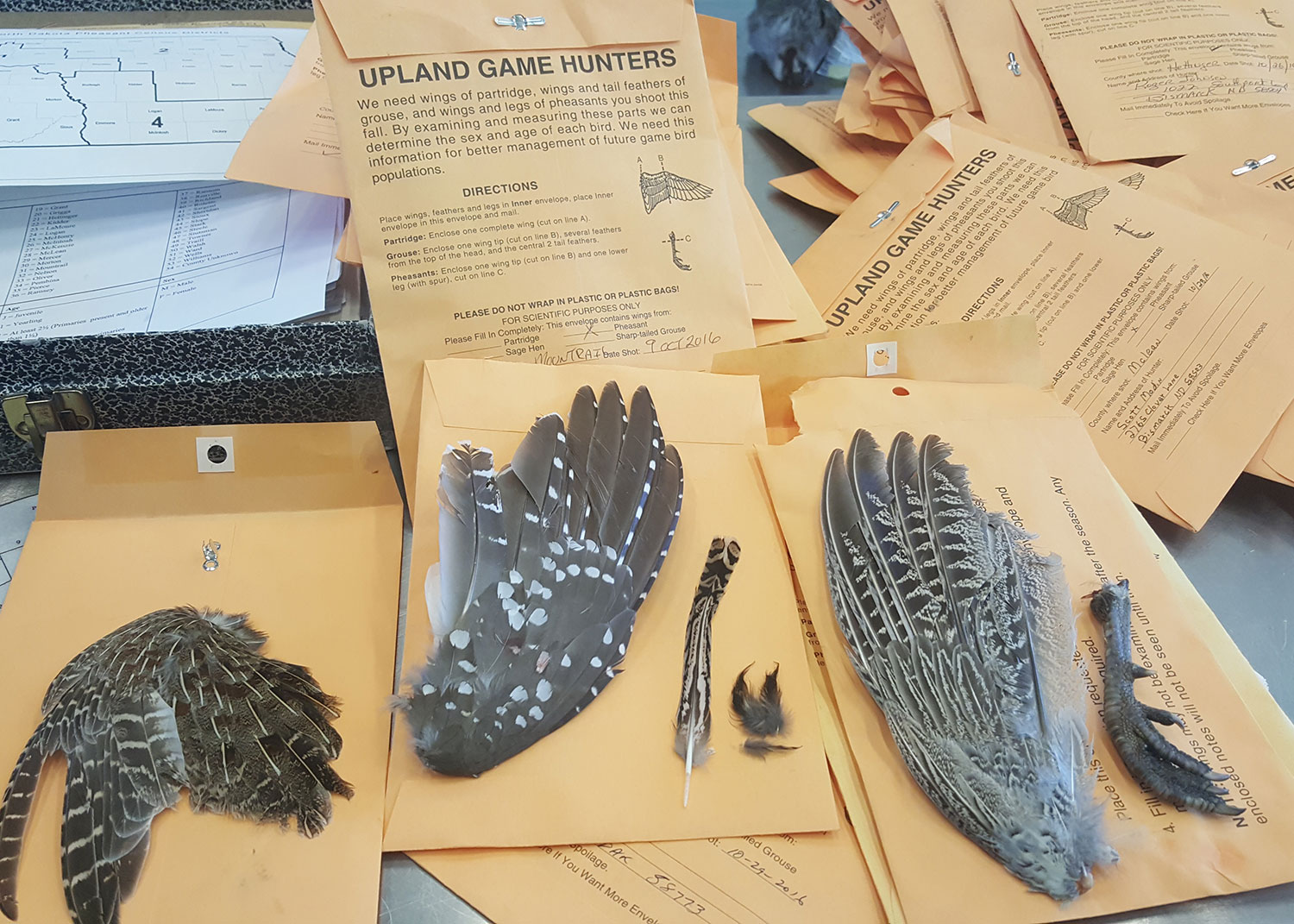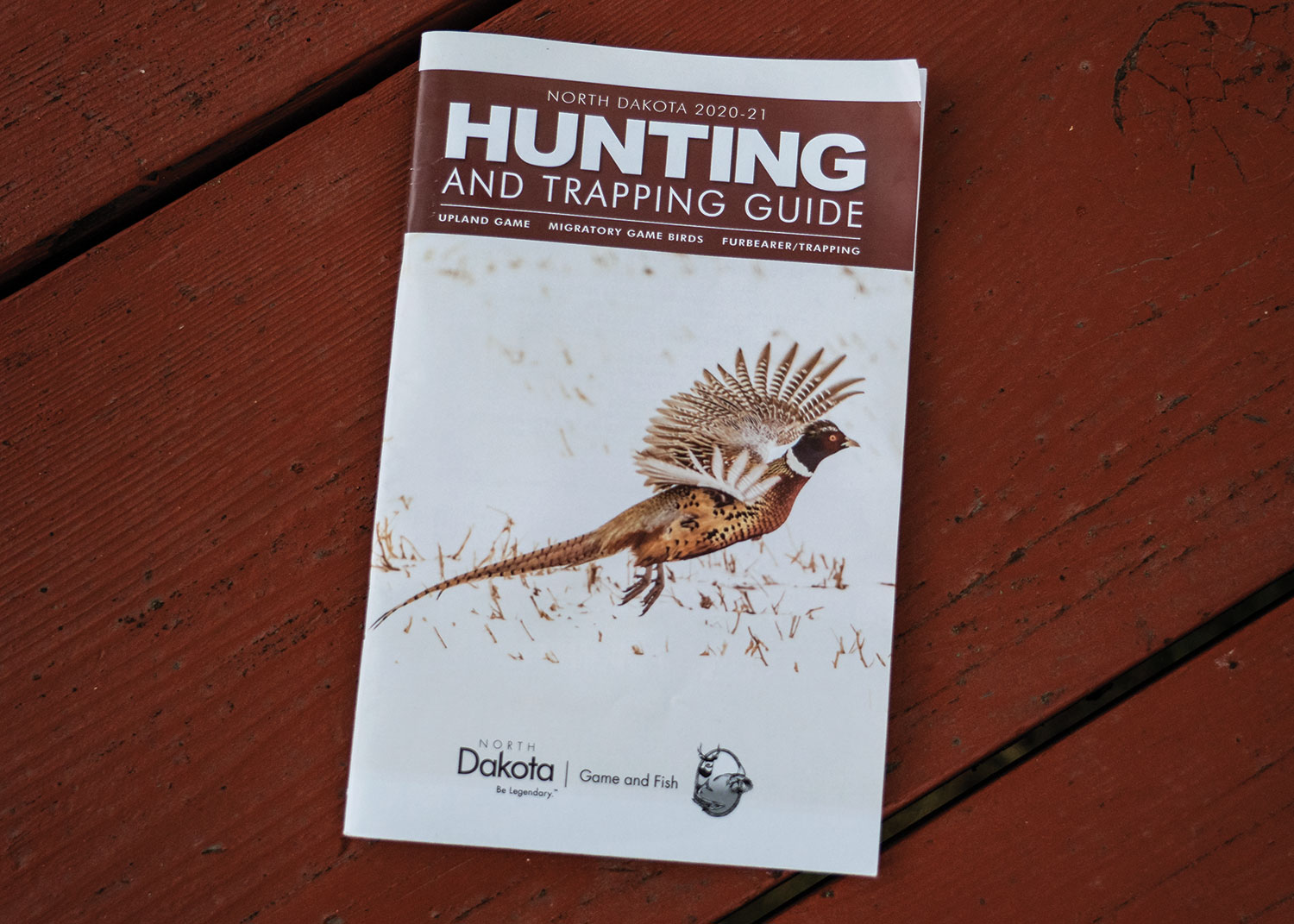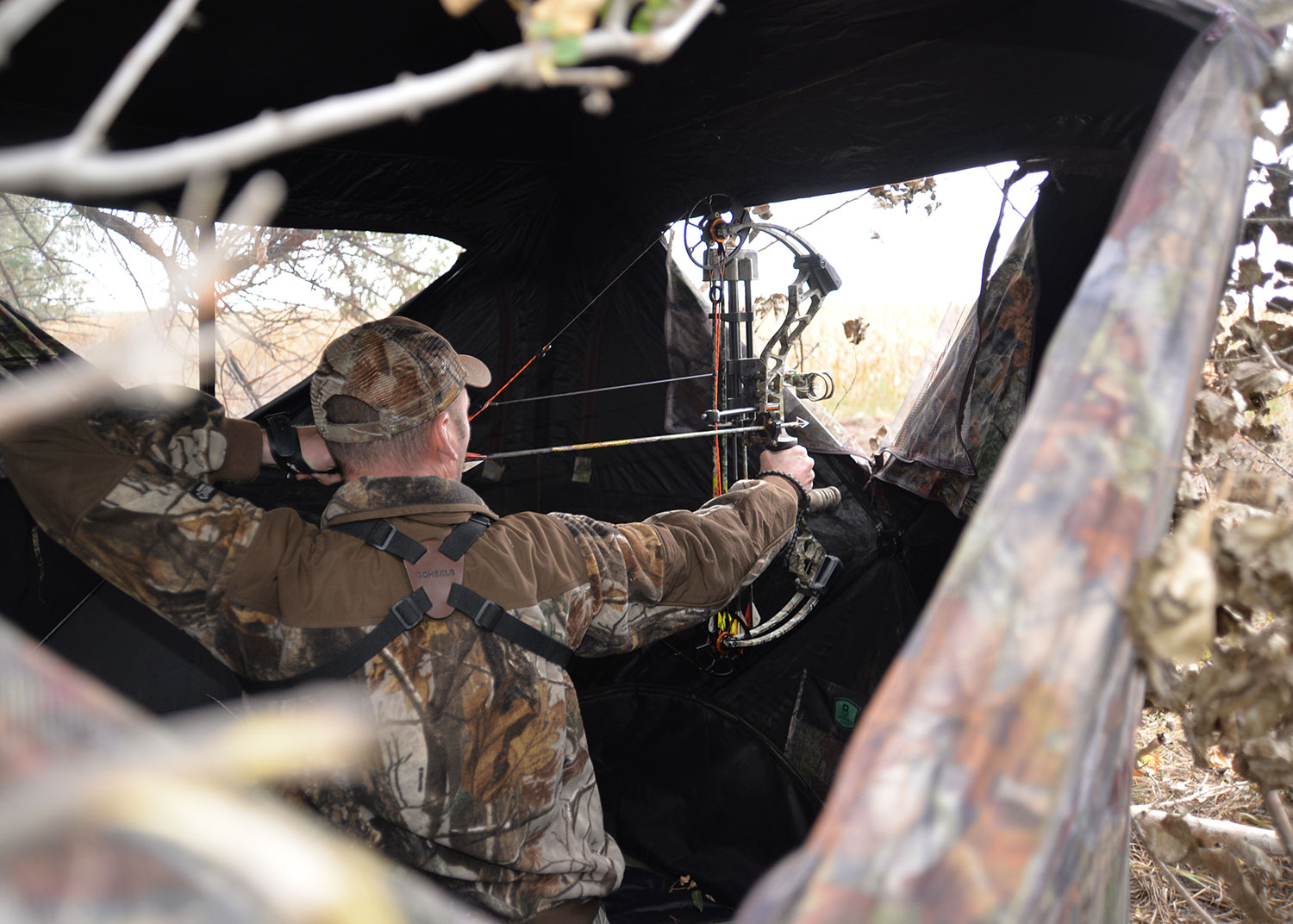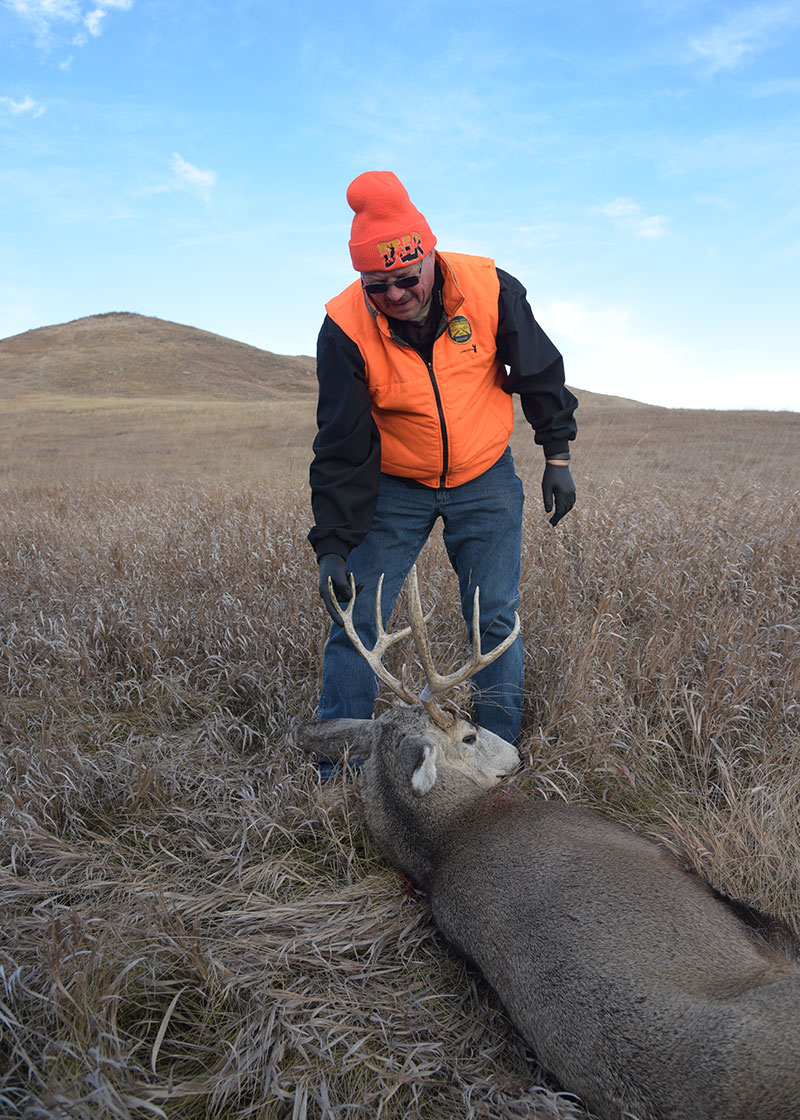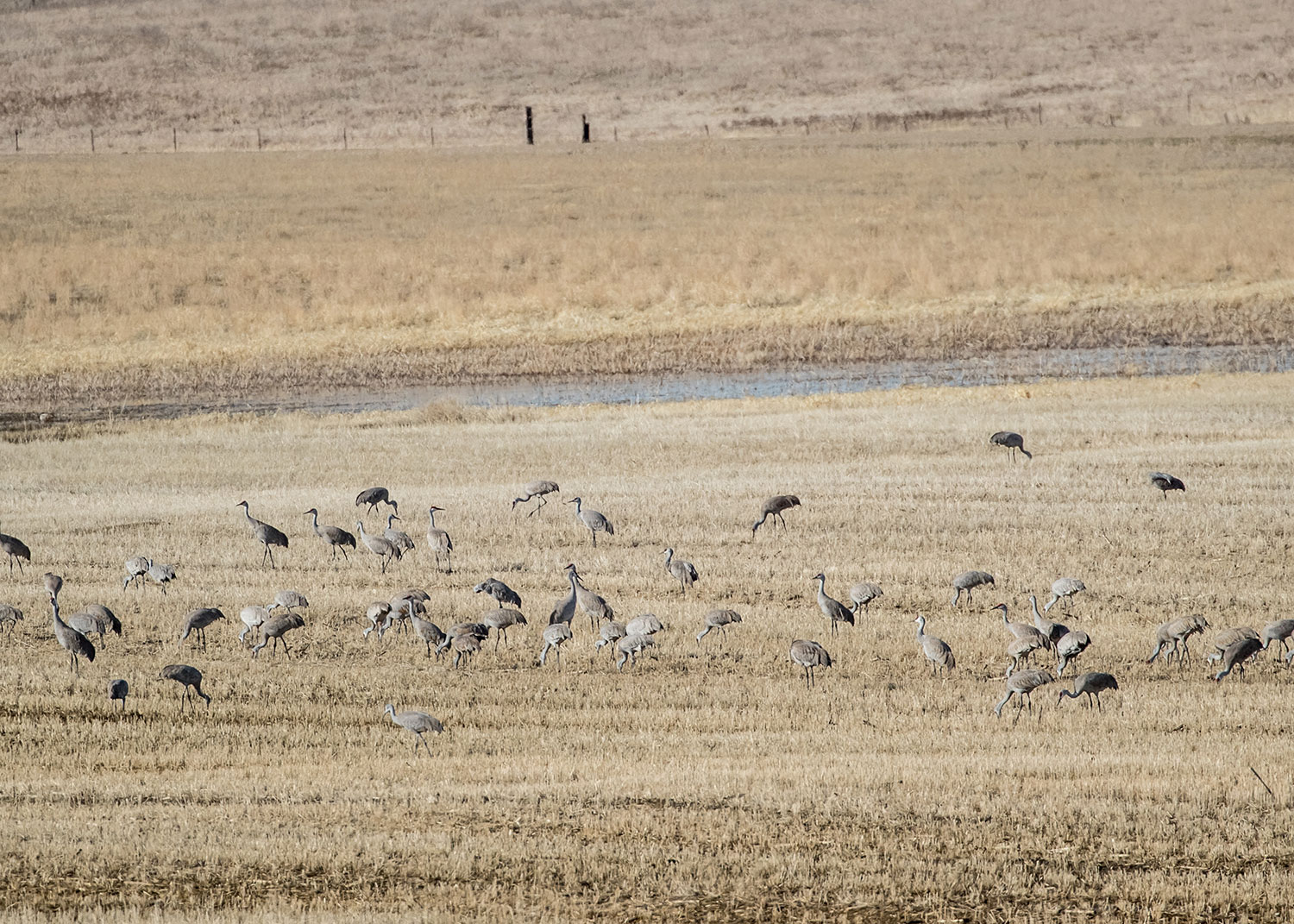North Dakota Game and Fish Department fisheries personnel stocked a record 180 lakes across the state with nearly 12 million walleye fingerlings.
Jerry Weigel, Department fisheries production and development supervisor, said the number of lakes bested the previous high by nearly 30 waters.
“There is record water across the state, so timing of a near record walleye production could not have come at a better time,” Weigel said. “Valley City and Garrison Dam national fish hatcheries contributed to make this happen. Both hatcheries have been outstanding in helping address our demand for walleye fingerlings.”
Garrison Dam National Fish Hatchery set a record for the most pounds shipped of these 1- to 1.5-inch fingerlings, with more than 8,400 total pounds.
Given the record walleye production, coupled with a record number of lakes stocked resulted in a lot of driving time for fish haulers.
“Just in the first seven days of this year’s walleye production, haulers traveled more than 8,200 miles and stocked over 150 lakes with 7.6 million fish,” Weigel said.
Crews had near perfect conditions with most lakes at or near record water levels, with flooded vegetation for the young fish to hide and plenty of food for them to eat, which bodes well for future fishing opportunities.
“One of the biggest challenges this year was access to some lakes,” Weigel said. “As a result of last fall’s record rains, a lot of local roads in central and eastern North Dakota remained flooded and often closed, thus making navigating some roads more challenging.”
Later this fall, fisheries personal will sample walleye lakes to assess success of this year’s walleye stocking, as well as what Mother Nature provided.
One common observation fish haulers noted while traveling across the state, Weigel said, was the high amount of fishing taking place, both from shore and from boats.
“It’s a great time to fish for walleye,” he added. “Statewide, there are a lot of opportunities, and a good chance of success.”
Complete list of all fish stockings
Hunters are reminded it is unlawful to hunt big game over bait, or place bait to attract big game for the purpose of hunting, in deer units 3A1, 3A2, 3A3 north of U.S. Highway 2, 3B1, 3C west of the Missouri River, 3E1, 3E2, 3F1, 3F2, 4A, 4B and 4C.
The restriction is in place to help slow the spread of chronic wasting disease, a fatal disease of deer, moose and elk that can cause long-term population declines if left unchecked.
In addition, baiting for any purpose is prohibited on all North Dakota Game and Fish Department wildlife management areas. Hunting big game over bait is also prohibited on all U.S. Fish and Wildlife Service national wildlife refuges and waterfowl production areas, U.S. Forest Service national grasslands, U.S. Army Corps of Engineers managed lands, and all North Dakota state trust, state park and state forest service lands.
Hunters should check harvested migratory birds for bands this fall and report federal bands at reportband.gov.
In addition, the bird banding lab has a mobile friendly reporting site that will aid hunters to report bands via mobile devices.
The band number, date and location of each recovery are needed. After the band information is processed, hunters can request a certificate of appreciation, and information about the bird will be returned in an email. Hunters can keep all bands they recover. Information received from hunters is critical for management of migratory game birds.
Hunters can help in the effort to manage upland game birds in the state by collecting feathers from harvested birds and sending in wing envelopes.
Birds included in the North Dakota Game and Fish Department’s upland game wing survey, which has been in practice for decades, are ring-necked pheasants, sharp-tailed grouse, Hungarian partridge, turkeys and ruffed grouse.
Collecting enough pheasant samples is typically never a problem, but securing enough sharptail and partridge feathers can be.
Game and Fish biologists will take as many sharptail and partridge feathers as they can get because the more collected, the better the data. Biologists can determine sex and age ratios from wings and tail feathers, survival, nesting success, hatch dates and overall production.
What biologists learn from the samples is vital to helping manage North Dakota’s upland game birds.
Hunters interested in receiving wing envelopes can request them online.
Hunters and trappers can find the North Dakota 2020-21 Hunting and Trapping Guide, which includes upland game, migratory game bird and furbearer hunting/trapping regulations and other information online. Printed guides are available at the usual license vendor locations.
The 50-plus page guide also features a colored duck identification guide, aquatic nuisance species information, Tom Roster’s Nontoxic Shot Lethality Table and more.
The North Dakota Game and Fish Department reminds hunters that tree stands, ground blinds and game cameras cannot be placed on state wildlife management areas prior to August 20.
Equipment set out prior to that date, or left on a WMA after January 31, is considered abandoned property and is subject to removal.
In addition, an equipment registration number, or the owner’s name, address and telephone number, must be displayed on all equipment requiring identification.
Owners can generate an equipment registration number by visiting My Account. One registration number will be issued that can be used on all equipment that requires identification.
Big game hunters are reminded of requirements for transporting deer, elk and moose carcasses and carcass parts into and within North Dakota, as a precaution against the possible spread of chronic wasting disease.
Hunters are prohibited from transporting into or within North Dakota the whole carcass of deer, elk, moose or other members of the cervid family from states and provinces with documented occurrences of CWD in wild populations, or in captive cervids.
In addition, hunters harvesting a white-tailed deer or mule deer from deer hunting units 3A1, 3B1, 3F2, 4B and 4C, a moose from moose hunting units M10 and M11, or an elk from elk hunting units E2 and E6, cannot transport the whole carcass outside of the unit. However, hunters can transport the whole carcass between adjoining CWD carcass restricted units.
The following lower-risk portions of the carcass can be transported:
- Meat that has been boned out.
- Quarters or other portions of meat with no part of the spinal column or head attached.
- Meat that is cut and wrapped either commercially or privately.
- Hides with no heads attached.
- Skull plates with antlers attached having no hide or brain tissue present.
- Intact skulls with the hide, eyes, lower jaw and associated soft tissue removed, and no visible brain or spinal cord tissue present
- Antlers with no meat or tissue attached.
- Upper canine teeth, also known as buglers, whistlers or ivories.
- Finished taxidermy heads.
A federal duck stamp is required for waterfowl hunters age 16 and older beginning September 1. Waterfowl includes ducks, geese, swans, mergansers and coots.
This year’s 2020--21 federal duck stamp is available for electronic purchase online, instant licensing telephone number, 800-406-6409, or at license vendors registered with the Department’s licensing system.
Physical stamps are not available at North Dakota license vendors, but can still be purchased at many U.S. Postal Service offices.
The electronic stamp is a purchase item like any other hunting or fishing license. When the purchase is completed the electronic stamp is valid immediately. Federal Duck Stamp will be printed on the license certificate, along with an expiration date 45 days from the date of purchase. The actual physical stamp will be sent by postal mail.
The physical stamp is processed and sent by the official duck stamp vendor in Texas, and should arrive to the individual buyer well before the expiration date printed on the electronic license. The physical stamp must remain in possession of the hunter after the 45-day electronic stamp has expired. Individuals who have questions regarding the status of their physical stamp can contact the federal duck stamp vendor customer service at 800-852-4897.
The federal duck stamp has a fee of $25. An additional $1.50 fee is added to cover shipping and handling costs of the physical stamp.
With the October deadline for the North Dakota Game and Fish Department’s Watchable Wildlife Photo contest nearing, photographers are reminded to follow the guidelines for submitting their entries.
Photographers who want to submit photos to the contest should do so online. Then it is a matter of providing some pertinent information about the photo and uploading it.
Doing so helps both with ease of submitting photos for the photographer and managing those images for Game and Fish staff.
The contest deadline for submitting photos is Oct. 2. For more information or questions, contact conservation biologist Patrick Isakson at pisakson@nd.gov.
The contest has categories for nongame and game species, as well as plants/insects. An overall winning photograph will be chosen, with the number of place winners in each category determined by the number of qualified entries.
Contestants are limited to no more than five entries. Photos must have been taken in North Dakota.
By submitting an entry, photographers grant permission to Game and Fish to publish winning photographs in North Dakota OUTDOORS, and on the Department’s website.
North Dakota’s sandhill crane season opens September 19 and continues through November 15.
In addition to other licenses required, resident hunters need a $10 crane permit, while nonresidents need a $30 permit. Hunters can buy a license online. Harvest Information Program certification is required.
With most in-person North Dakota Game and Fish Department hunter education program courses canceled in spring due to the coronavirus pandemic, Game and Fish needed to find a way to get students certified for hunter education this year. To do so, Department staff and volunteers traveled around the state this summer to provide practical and written exams to those students issued temporary hunter education certification. Through this effort, hundreds of students received their hunter education certification. Jeff Long, Department education coordinator, is pictured here administering a portion of the practical exam to a student at Game and Fish headquarters in July.
Migratory bird hunters of all ages need to register with the Harvest Information Program prior to hunting ducks, geese, swans, mergansers, coots, cranes, snipe, doves and woodcock. Hunters must register in each state they are licensed to hunt.
Hunters can HIP certify when purchasing a license at the North Dakota Game and Fish Department website. In addition, hunters can call 888-634-4798 and record the HIP number on their printed license.
Those who registered to hunt the spring light goose season in North Dakota do not have to register with HIP again, as it is required only once per year.
HIP registration is a cooperative program designed to determine a sample of hunters from which to measure the harvest of migratory birds for management purposes.
North Dakota hunters need to be cautious of farm, ranch and other traffic when traveling on rural roads.
Fall is a busy time in the state as farmers and ranchers are harvesting crops, moving cattle, hauling bales and moving heavy machinery. Knowing this, hunters driving around on country roads should slow down when meeting another vehicle and pull well to the right when topping a hill.
To maintain positive landowner/hunter relations, Game and Fish Department officials said hunters should move to the right side of the road to allow wide farm vehicles to pass, park vehicles in a place that will not block a roadway, field approach or gate, pick up trash and empty shells, and not clean game in the road ditch or approach.
The North Dakota Game and Fish Department confirmed the presence of invasive zebra mussels in Lake LaMoure after a local game warden reported the finding in July.
Ben Holen, Department aquatic nuisance species coordinator, said follow-up sampling confirmed well-established populations of zebra mussels of various ages, especially near the dam. It is unknown how the small, sharp-shelled mussels were introduced, and there is no known method to completely rid a lake once they become established.
The 430-acre lake, located in LaMoure County in southeastern North Dakota, is a popular boating and fishing destination.
Holen reminds water recreationists that everyone plays a role in stemming the spread of mussels to waters not infested.
“This situation shows how important it is for boaters, anglers, swimmers and skiers to be aware of aquatic nuisance species and to take precautions to prevent their spread,” he said.
Prevention is the best way to avoid spreading ANS. They often travel by hitchhiking with unsuspecting lake-goers.
“Always clean, drain and dry boats and other equipment before using another lake,” Holen said. “Also, don’t transfer lake water or live fish to another body of water. This can help stop the spread of not only zebra mussels, but most aquatic nuisance species that may be present.”
Since Lake LaMoure eventually flows into the James River above the city of Oakes, Game and Fish Department staff will also increase zebra mussel surveillance on the lower James.
Lake LaMoure, and the James River in Dickey County, are now considered Class I ANS Infested waters. They join Lake Ashtabula, lower portion of the Sheyenne River, and the Red River as zebra mussel infested waters. Emergency rules are in effect to prohibit the movement of water away from the lake, including water for transferring bait. Notices are posted at access sites.
Zebra mussels are just one of the nonnative aquatic species that threaten our waters and native wildlife. After using any body of water, water recreationists must follow North Dakota regulations:
- Remove aquatic vegetation before leaving the water access and do not import into North Dakota.
- Drain all water before leaving the water access.
- Remove drain plugs and devices that hold back water and leave open and out during transport.
- Do not import bait. For Class I ANS Infested waters, bait cannot be transported in water. In all other areas, bait must be transported in a container that holds 5 gallons or less. Remember that it is illegal to dump unused bait on shore or into the lake.
In addition to North Dakota regulations, the Department strongly recommends that all equipment be cleaned, drained and dried every time it is used.
- Clean – remove plants, animals and excessive mud prior to leaving a water access.
- Drain – drain all water prior to leaving a water access.
- Dry – allow equipment to dry completely before using again or disinfect. This includes boat docks and boat lifts brought from other waters/states.


